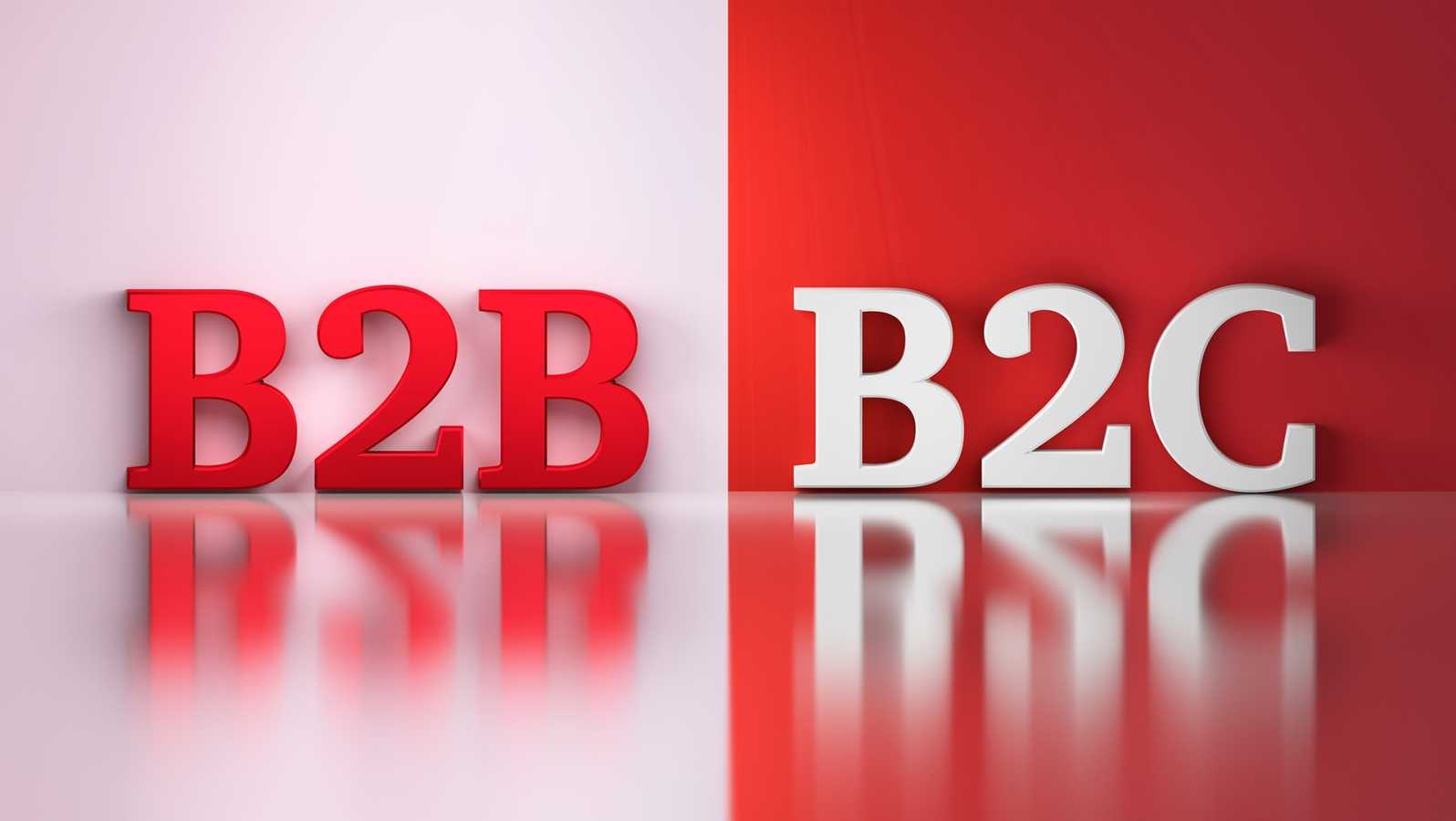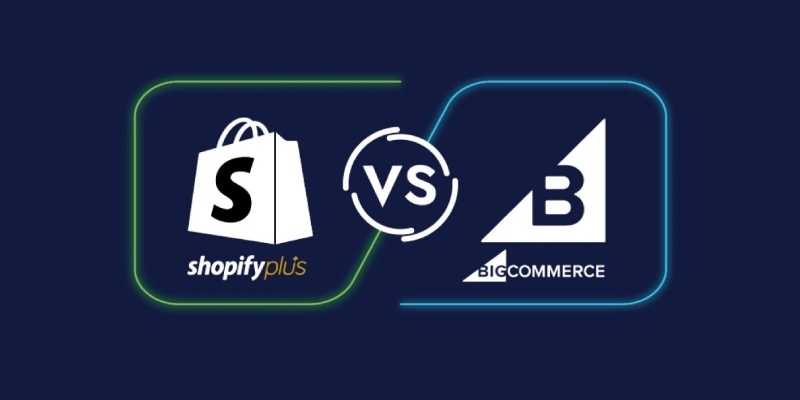This week we’re going to be talking about the difference between B2B and B2C content as it pertains to eCommerce. We get this a lot because we have clients that are strictly B2B, strictly B2C, and some that do both. Often we find ourselves writing a piece of content for them because, again, we’ve done our homework via keyword research.
Individuals are searching for this and there’s a really good opportunity for us to rank and drive some organic traffic through this content. And the client comes back and says, “Oh well, that’s really B2C targeted and my primary customer base is B2B.”
Nurturing Potential Leads with B2B eCommerce Content Marketing
So tell me from your experience, how do you deal with that? How do you deal with the client telling you that this is B2B content, not B2C content, therefore we can’t use it?
We always conduct research when we write pieces of content for clients. Whether it’s a blog or product descriptions, we know that what we’ve researched is relevant to what users want to find on Google. This is clearly important to the consumers, and that means that whoever you’re selling to, it’s important to their clients.
If they’re going to land on your page, they’re going to say, “Okay, so these are the brands in this industry.” Clients know these brands by name and then request them specifically. You want your consumer base to request you by name to the businesses that they visit.
Even if you do not sell direct-to-consumer, you still want your brand known by the end-user. Let’s say I want to hire a professional painting company to come and repaint this entire office, I’m not the one that’s actually going to physically go out or go online and purchase tons of paint to cover this entire office. I’m going to hire somebody to do that.
That B2B company is now going to go and purchase directly from the manufacturer, from the supplier. But however myself as the end-user, as the customer, I know the brands that are out there and I can request, I want Valspar paint or I want Bare because I know of these brands.
Content Marketing for Different eCommerce Business Models
You want to build your brand up enough where yes, you might not sell direct to the consumer, but the consumer still knows who you are. And that makes a world of a difference because we know that now, especially when it comes to online marketing, building a brand is more important than ever.
There should be no difference in the content. The content should still be informative to both the supplier, which will most likely be more educated in the matter and the consumer who’s really looking for that information. Really the only thing that changes here is your calls to action.
If you are a strictly B2B company, your call to action determines whether it’s B2B focused or B2C. If I land on a page from a B2B company, but they’re answering all my questions, I can’t purchase from them directly. That’s fine. However, if you do both, then you want to have both calls to action for both B2B and B2C. That’s really the difference.
At the end of the day, I can continue creating that B2B focus content. In reality, the reason why you can’t just focus on that is that you won’t get the visibility or traffic. The search volume just isn’t there. The majority of the search volume is going to come from those more uneducated searches that are going to come from the end-user, from the consumer.
Content Marketing For Your Target Audience
You need to be able to provide content that goes from top to bottom, which covers every single area of focus. You want to be ultimately the authority figure within your industry and you want to be the number one brand within your industry, regardless of whether you sell direct to consumer or business to business.
Those call to actions was a great point because one of our recent clients said that they have veterans in the field, as well as newcomers. It’s not that they want to be the one to educate anybody and everybody. Despite that, they throw in industry terms to go with their calls to actions because they know that other businesses are thinking like them.
Simplifying the terminology means that when either B2C or newcomers come onto the page, they’re not feeling totally lost either. You need a balance between the two.
It’s not just the end-user of the product. These companies are also using Google just like we do, wanting good user experience when they’re on the website and engagement with information about your products, whether in bullet point form or in video form. With B2B and B2C, you’re still trying to capture someone’s attention on your website. Good content marketing and written material will help.
Content does need to be specifically targeted or oriented to your primary customer base. But it can’t be just that. You cannot create this really extensive informative, high level content. That is not going to help you increase your visibility or increase your brand.
You need both content that will appeal directly to your customer base. In this case that may be other businesses.
You also want content that is now going to help you increase your brand awareness and increase your authority within that industry. Creating content that goes after the direct-to-consumer market does that. If you’re a B2B, just B2B or just B2C or both, you need valuable writing that is spread throughout the entire industry.
Need help developing a content strategy for your business?





